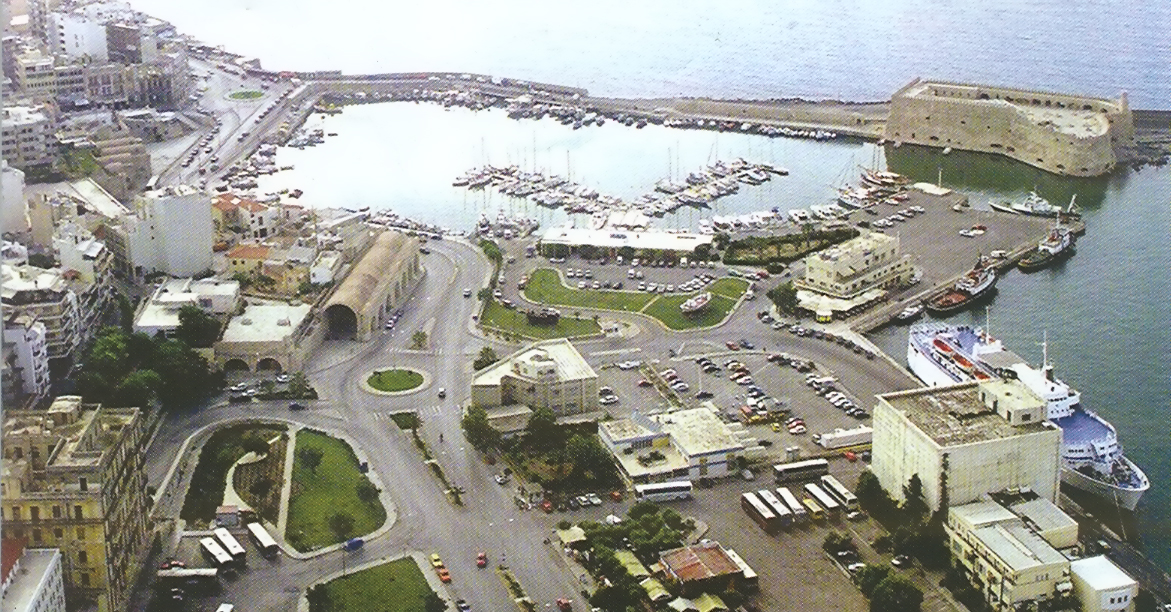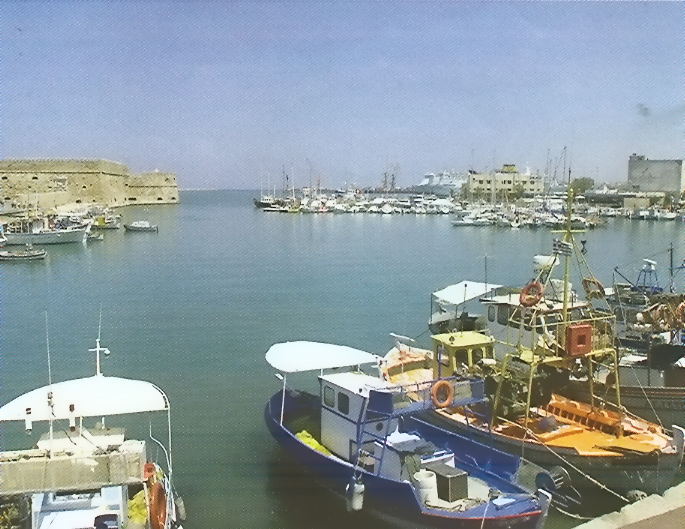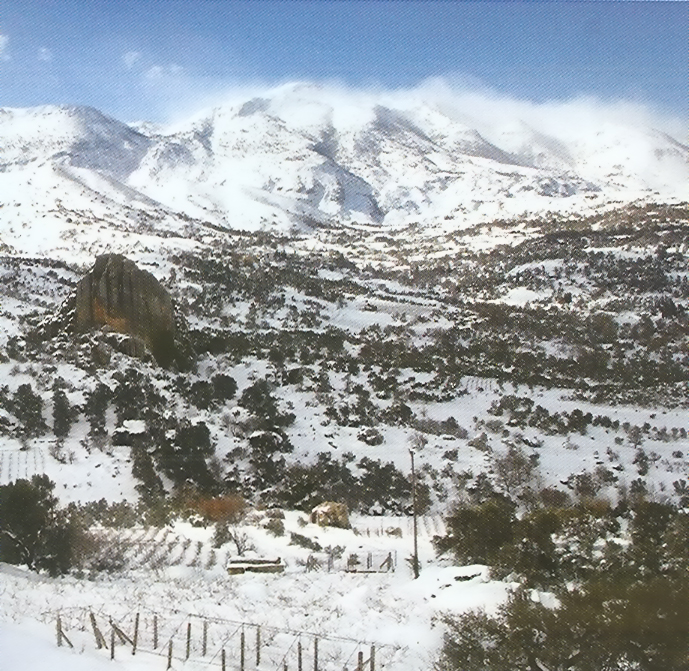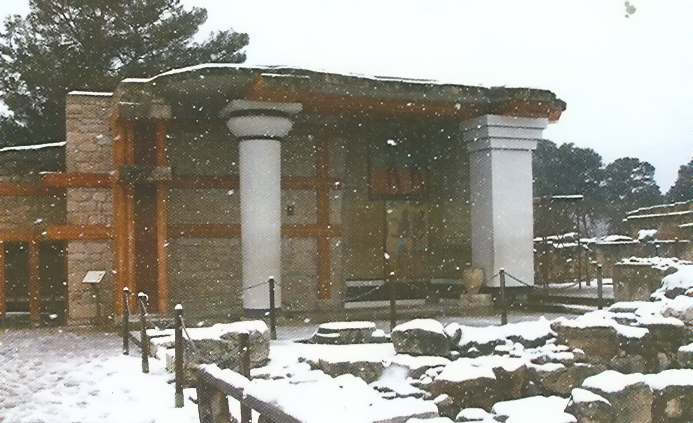 |
|
|
|
|
|
Heraklion |
 |
| ACCORDING TO ANCIENT GREEK MYTHOLOGY, Zeus joined with Europa, who gave birth to the Minoan kings. Heraklion is surrounded by large medieval walls, that had made it the best fortified city in the Mediterranean. It is considered that due to the good fortification of the city, they managed to resist the siege of the Turks for 25 years. | |
| The Turks finally invaded the city after treason by the venetian engineer, who knew the secret passages. In Heraclion today, there are some of the most ancient monuments and specimens of the first civilization in Europe and also medieval monuments. At the port the castle stands imposingly, the Koules, which protected the city for centuries and was also used as a wet prison with chained prisoners in the large, dark galleries and halls. Near the port of Heraklion, there is the Lotzia with its famous galleries. In the past, it used to be the Duke's Club and also |
 |
| of the officials of Crete, decorated with sculptured coats of arms and trophies, for centuries offering hospitality to noble families and their official ceremonies. It is considered to be the most elegant venetian monument, which received the Europa Nostra first prize in 1987, as the best restored and maintained European monument of the year. Going back through history, at the center of Heraklion, in Eleftheria Square, one meets in the halls of the archeological museum the fabulous treasures of the Minoans, the historical, classic, Hellinistic and Roman periods of Crete. The treasures from the Christian, Byzantine, Medieval and recent periods of Megalonisos (Big Island), together with artistic works of folklore culture of Crete over the centuries, works of the great painter El Greco, who was born and studied painting at Heraklion, and also icons of the famous School of Cretan Hagiography, are in the Historical Museum west of the port. One of the best known sites of the city, is the Martinego rampart, where the great Cretan author of Zorbas and poet of Odyssea Nikos Kazantzakis is buried, while further south there is Chanioporta, the old gate towards western Crete. Medieval streets, gates, fountains and other monuments are found scattered in Heraklion, that throbs with life at night, too, due to great development. A trading center during the day. Heraklion has a rich market in jewelery, furs, clothing and also local cretan products, such as olive oil, wine, raki, honey, herbs, etc. All year round, there are art exhibitions, theatrical performances, music recitals. |
|
| HERAKLION has no lack of night life. It is a city full of beat, innumerable taverns with cretan music and dancing, cafeterias, bars and night clubs. The local raki and oyzo houses, fish taverns are unique in their delicacies. A great boost to Heraclion was given by the "Nikos Kazantzakis" Airport, the first one in the number of charter flights and the second, after the Athens airport in general air traffic which directly connnects not only with other greek cities but also with big European capital cities. A large part of the trading and tourist activity is carried out via the Heraklion port. |
 |
| THE FAMOUS PALACE OF KNOSSOS is of great interest, as it was for centuries the ruling state of Crete that had 100 cities since the pre-historic years. South of the city of Heraklion, the minoan palace is the main area of Knossos that can be visited, an important city during ancient times with continual life from the neolithic years until the 5th century A.D. It is built on the Kefalas hill with an easy access to the sea and also to inland Crete. | |
|
According to the legend, it was the seat of the wise king Minos. There are fascinating myths connected with the palace of Knossos, like that of the Labyrinth and Minotaur, and that of Daedalos and Ikaros. The first excavations were carried out by the cretan Minoas Kalokerinos. More excavations followed by the English Arthur Evans (1900-1913 and 1922-1930) that revealed the whole palace. In the area around Heraklion, there are many villages worth visiting but also a modern establishment of golf grounds of international standard.
|
 |
|
On a hill, 13 kilometers from Heraklion, with a fantastic view of the whole county of Malevizi, the village of Voutesis surrounded by olive groves, vineyards and verdurous, small rural settlements. At the area of Voutes, in ultra-modern complexes there are a number of scientific Foundations. Medical School, Institute of Technological Research, University Hospital, etc.
|
|
|
|
|
|
(Posting date 26 July 2006) HCS encourages readers to view other articles and releases in our permanent, extensive archives at the URL http://www.helleniccomserve.com/contents.html. |
|
|
|
|
2000 © Hellenic Communication Service, L.L.C. All Rights Reserved.
http://www.HellenicComServe.com |
|
